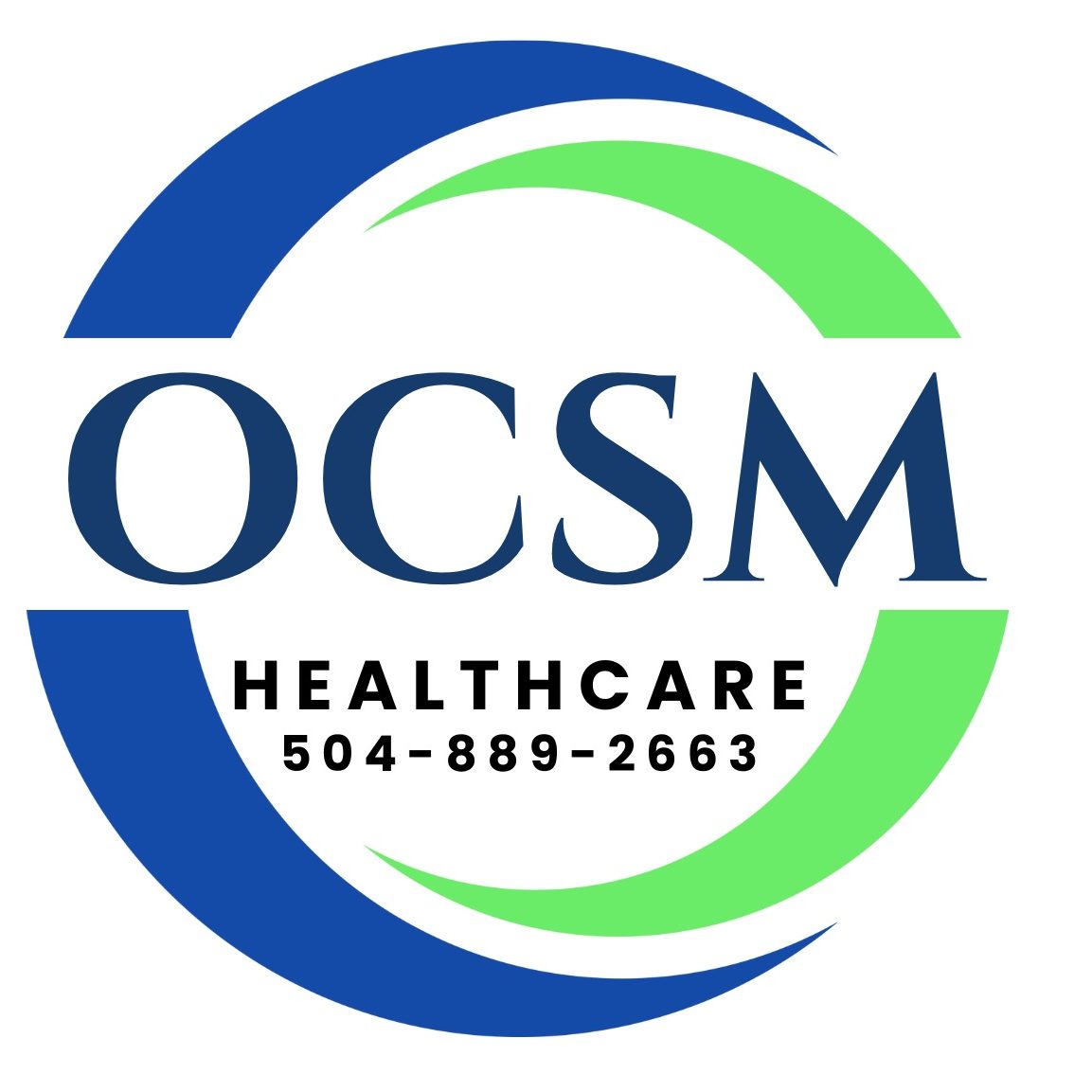The traditional treatment for a traumatic anterior shoulder dislocation has been a three to six week period of immobilization followed by several months of rehabilitation involving range-of-motion and strengthening exercises. As mentioned in last month’s article, patients younger than thirty years of age at the time of their first dislocation run the highest risk of having an unstable shoulder than continually “comes out of socket.” The consequences of this recurrent instability of the shoulder include pain, decreased activity levels, and decreased quality of life.
Operative repairs are presently performed both arthroscopically and by using open techniques which utilized larger incisions. In both cases, operative repairs focus on correcting damage to the torn shoulder ligaments and stretched tissue to prevent additional dislocations and help restore full function to the shoulder.
Open shoulder repairs have traditionally been done through incisions along the anterior (front) aspect of the shoulder which measure anywhere from five to nine centimeters in length. To reach the underlying shoulder joint, dissection of surrounding soft tissue, tendons and muscles must be performed. Once down to the level of the joint, the loose capsule and ligaments are tightened and secured onto the bone socket (glenoid) with a series of anchors and sutures. The re-dislocation rate for these procedures is approximately three percent and other complications from these open repairs include nerve damage, anchor failure, and post-operative stiffness from overtightening the shoulder. An over-tightened shoulder joint may result in painful arthritis thus requiring additional corrective surgery.
Most recently, arthroscopic techniques have helped define other problems associated with recurrent shoulder dislocations such as labral tears, capsular rents, humeral head defects, and rotator cuff defects. With arthroscopic stabilization procedures, just a few incisions, less than a centimeter in length are necessary to introduce highly specialized instruments allowing the tissues to be tightened and secured onto the bone.
Much like an arthroscopic rotator cuff repair, my analogy of “building a ship in a bottle” applies to this type of surgical technique. The space to work is often tight and the instruments resemble long elaborate crochet hooks to reach these deep spaces. As with other arthroscopic procedures, the smaller incisions and special instruments help protect the soft tissues, tendons and muscle, which would be violated with open techniques. The tools used for arthroscopy allow the surgeon to penetrate into the shoulder joint, and, with direct camera visualization, the entire joint aids in the identification of any associated injuries, such as rotator cuff tears, that may occur during the dislocations. In fact, patients greater than forty years of age tend to have an incidence of rotator cuff tears exceeding thirty percent. In patients older than sixty years old, the incidence of rotator cuff tears approaches eighty percent after a single shoulder dislocation.
Arthroscopic shoulder stabilization has produced good results in carefully selected patients. For example, in March of 2003, Phil Nevin of the San Diego Padres underwent arthroscopic surgery to repair his unstable shoulder joint. He initially injured his left shoulder while making a diving catch in the outfield. After completing his post-operative rehabilitation he was able to return to the starting lineup late that same season.
Unfortunately, there have been reports of unacceptably high rates of recurrence and complications after arthroscopic stabilization of unstable shoulders. To ensure favorable outcomes using arthroscopic techniques, it is crucial that strict patient selection be employed as well as meticulous operative detail in the hands of a trained specialist. In many aspects, the ideal patient for arthroscopic stabilization is someone with a traumatic dislocation in which the capsular and ligamentous tissues are good quality for a solid repair. The fewer the number of dislocations, the more likely the tissue will not be excessively traumatized, stretched or torn. Whether the repairs are done through traditional open incisions or with newer arthroscopic techniques, the principles remain the same. Namely, the torn and stretched capsulolabral structures that surround the shoulder have to be tightened and secured back onto the glenoid (socket) to keep the humeral head (ball) in place. Once the structural components of the injured shouldrr are fixed, a supervised rehabilitation program can be started to strengthen the shoulder and optimize the results allowing the person to resume normal activities.
Author Luis M. Espinoza MD Dr. Espinoza served as the AAA Team Doctor for the the New Orleans Zephyrs/BabyCakes since joining the Orthopedic Center for Sports Medicine in 2003. He is double board certified in General Orthopedic Surgery and Sports Medicine.
